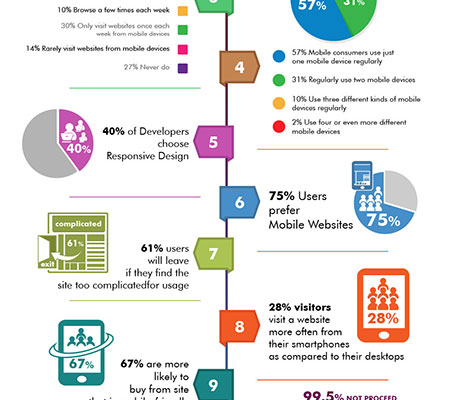Fascinated In Finding Out Just How Internet Site Design Has Advanced? Take A Journey Through The Improvement
Fascinated In Finding Out Just How Internet Site Design Has Advanced? Take A Journey Through The Improvement
Blog Article
Web Content By-Thorsen Molina
In the past, internet sites were straightforward and focused on details. Navigating was direct, and layout was for desktops. Currently, user experience is crucial. Information guides designs for simple navigating. Responsive formats suit different tools. Today, dark mode decreases pressure, and minimalist menus boost navigating. Interactive attributes involve customers, and bold visuals stand out. AI assimilation enhances involvement. See exactly how style has progressed to improve your on the internet journey.
Very Early Days of Website Design
In the very early days of web design, simpleness preponderated. Web sites were standard, with minimal colors, font styles, and layouts. The focus got on offering details instead of flashy visuals. Customers accessed the net with sluggish dial-up links, so speed and capability were crucial.
Navigation menus were straightforward, commonly situated on top or side of the page. Websites were designed for desktop, as mobile browsing had not been yet widespread. Web content was king, and designers focused on easy readability over complex style elements.
HTML was the primary coding language used, and designers had to function within its restrictions. Computer animations and interactive functions were minimal compared to today's requirements. Web sites were static, with little vibrant web content or customized user experiences.
Rise of User-Focused Layout
With the development of web site style, a change in the direction of user-focused design concepts has become increasingly noticeable. Today, developing sites that focus on individual experience is vital for involving site visitors and achieving organization goals. User-focused design includes comprehending the demands, preferences, and behaviors of your target market to customize the web site's design, material, and features as necessary.
Designers now perform thorough study, such as customer surveys and usability testing, to gather insights and comments directly from customers. This data-driven technique assists in developing user-friendly navigation, clear calls-to-action, and aesthetically appealing interfaces that resonate with site visitors. By positioning the individual at the center of the style procedure, web sites can provide an extra tailored and enjoyable experience.
Responsive design has actually additionally emerged as a vital facet of user-focused style, ensuring that sites are optimized for various tools and display sizes. This adaptability improves ease of access and usability, satisfying the varied ways users communicate with sites today. Fundamentally, the rise of user-focused style symbolizes a shift in the direction of creating electronic experiences that focus on the demands and assumptions of completion individual.
Modern Trends in Website Design
Explore the most up to date patterns shaping web design today. One prominent fad is dark setting design, offering a smooth and modern look while minimizing eye strain in low-light environments. An additional key fad is minimal navigating, simplifying menus and enhancing user experience by concentrating on essential elements. Including micro-interactions, such as computer animated buttons or scrolling impacts, can produce a much more appealing and interactive website. Receptive style stays critical, making certain smooth user experiences across various devices. Furthermore, using vibrant typography and asymmetrical layouts can include aesthetic passion and accentuate particular web content.
Incorporating AI technology, like chatbots for consumer support or tailored recommendations, improves individual engagement and streamlines processes. Ease of access has additionally become a substantial fad, with developers focusing on inclusive style practices to accommodate varied customer requirements. Embracing sustainability by maximizing web site performance for speed and efficiency is one more arising fad in website design. Working together with https://www.socialmediatoday.com/news/linkedin-shares-marketing-industry-insights-and-tips-in-latest-big-thinkin/626508/ and information analytics to iterate and improve style continuously is crucial for remaining relevant in the ever-evolving digital landscape. By welcoming these modern-day fads, you can develop an aesthetically attractive, straightforward website that resonates with your target market.
Verdict
As you reflect on the evolution of internet site style from the early days to now, you can see how user-focused layout has actually come to be the driving force behind contemporary patterns.
Embrace https://www.forbes.com/sites/theyec/2021/12/22/why-your-digital-marketing-strategy-needs-long-form-content/ of adjustment and adaptation in website design, always keeping the individual experience at the center.
Tippingpointdigital
Keep existing with the most recent fads and modern technologies, and never stop evolving your technique to create aesthetically spectacular and straightforward internet sites.
Progress, adapt, and produce - the future of website design remains in your hands.
